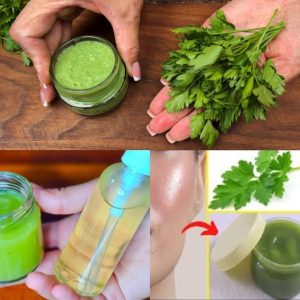Growing Methods for Year-Round Harvests
Growing mint indoors is not only feasible but also highly rewarding, offering fresh leaves for your culinary or herbal tea needs throughout the year. Here are three effective methods to ensure a continuous supply of this aromatic herb.
1. Potting and Care:
Container Selection: Choose a pot with adequate drainage to prevent waterlogging, which can lead to root rot.
Soil: Use a well-draining potting mix to encourage healthy root development.
Light: Place the mint plant in a bright, sunny spot – a south or west-facing window is ideal. If natural light is insufficient, supplement with grow lights.
Watering: Mint prefers moist but not waterlogged soil. Water when the top inch of soil feels dry to the touch.
2. Propagation from Cuttings:
Cutting Preparation: Take a 3-inch long cutting from a healthy mint plant, removing the lower leaves.
Rooting Medium: Plant the cutting in moist potting soil or place it in a glass of water. If using soil, cover the pot with a plastic bag to create a humid environment, mimicking a greenhouse effect.
Root Development: In soil, roots should begin to form within 3 weeks. In water, you may see roots even sooner. Once rooted, pot the cutting in soil if it isn’t already.
3. Hydroponic Systems:
Setup: Small, home-scale hydroponic units are excellent for growing mint indoors. These systems circulate water and nutrients directly to the roots, promoting rapid growth.
Lighting: As with potted plants, ensure your hydroponically grown mint receives plenty of light. Supplement with grow lights if necessary.
Nutrients: Follow the nutrient schedule recommended by your hydroponic system manufacturer for herbs to ensure your mint gets the right balance of nutrients.
Additional Tips for Indoor Mint Care:
Pruning: Regularly harvest or pinch back the mint to encourage bushier growth. This prevents the plant from becoming leggy and promotes more leaf production.
Pest Management: Keep an eye out for common houseplant pests, such as spider mites or aphids. Mint is relatively pest-resistant, but infestations can occur. Use insecticidal soap or neem oil to manage pests if necessary.
Refreshing the Plant: Mint plants can become woody and less productive over time. Every couple of years, propagate a new plant from cuttings to replace the old one.
By following these methods and care tips, you can successfully grow mint indoors, ensuring a fresh supply of this versatile herb year-round. Whether you’re a tea enthusiast or a culinary aficionado, indoor mint cultivation offers a convenient and rewarding way to enjoy the fresh taste of mint whenever you like.





